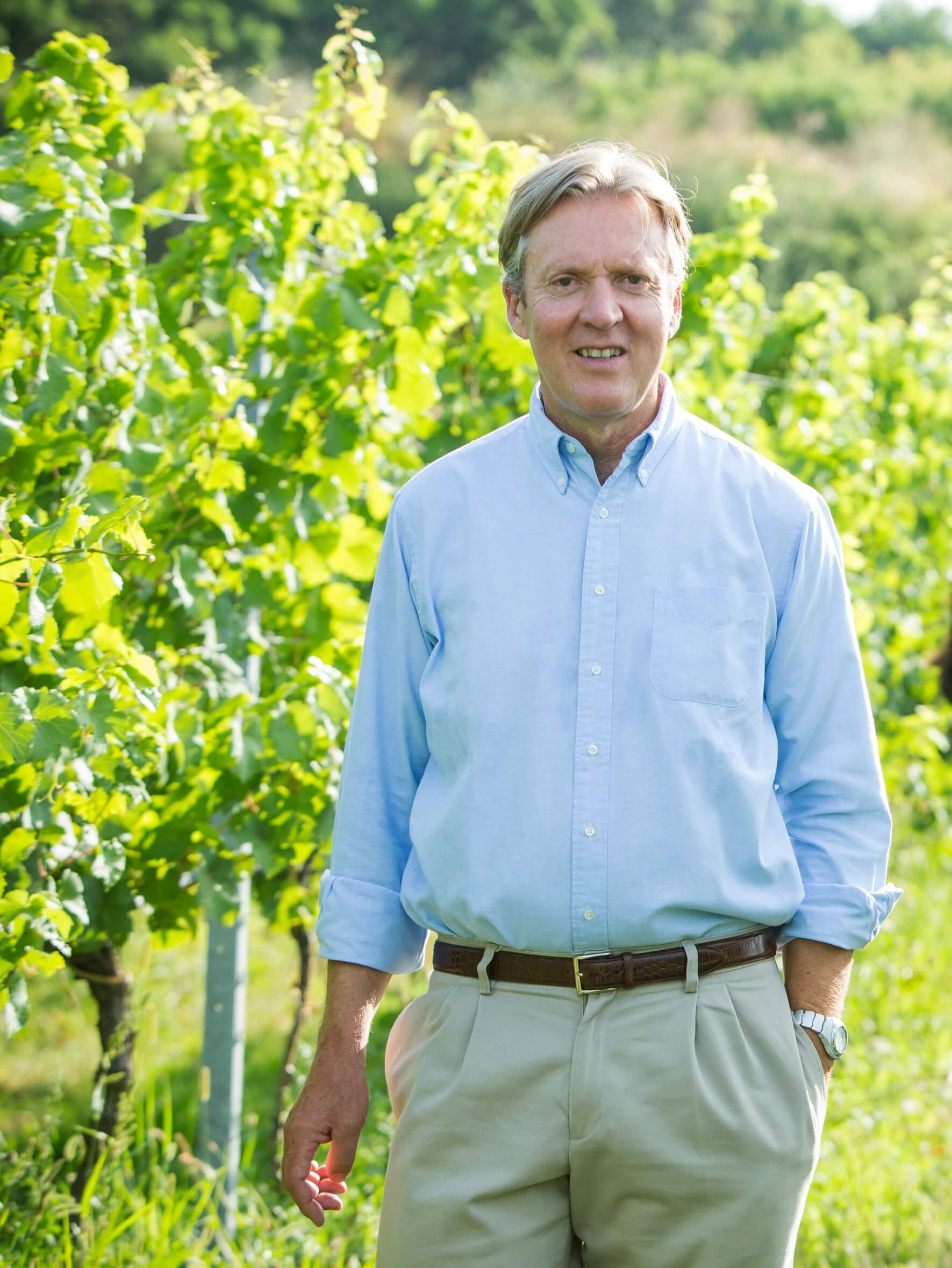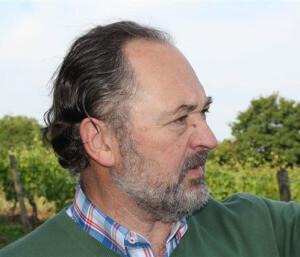Global warming is likely to have both positive and negative effects on wine production throughout the world. Southern England is becoming the new Champagne, while many areas where wine has been produced for centuries are becoming unsuitable for vinis vinefera. Much has been written about the changing climate and its effect. However, most attention has been given to the bigger wine regions of Europe. What about Central Europe? How will climate change affect it less, or in different ways, than other wine-producing areas of the world?
Aside from the obvious benefits or problems of earlier ripening and longer growing seasons,a warming climate can have an important impact on diseases. Grape Vine Trunk Disease in particular seems to be spreading and becoming increasingly difficult to deal with. Many viticulturists blame its spread on climate change.
I decided to visit three producers in Austria and the Czech Republic, all of whom supply Lea and Sandeman in the UK, to gain an understanding of the complex problems they face, and how these relate to perceived climate change in Central Euro pe.
pe.
Bert Salomon continues his families work in developing dry white wines at Salomon Undhoff, located in Wachau, perched on the hills of the Kremstal overlooking the Danube in western Austria. He tells me that he has not noticed a rise in pest and diseases in his Gruner-Veltliner and Riesling vines. This isn’t to say things haven’t changed. In the last 60 years harvests have been occurring earlier and earlier. More importantly, earlierbud break and flowering are his biggest problems. Frost and hail early in the season can severely damage the delicate vines, and decrease the yield as a result.
Two hundred and fifty kilometres to the south, Hans and Christine Nittnaus have different problems to contend with. Hans has noticed a rise in Peronospora, otherwise known as downy mi ldew, which he attributes to the changing climate. Over the last 30 years, noticeably warmer winters have been accompanied by fewer days or nights of frost. Interestingly, they are exploring Bio-dynamic approaches to mitigate the rise in pests, although they have not been able to achieve an organic certification every year because the use of copper sulphate to contain mildew has, on occasion, been inevitable.
ldew, which he attributes to the changing climate. Over the last 30 years, noticeably warmer winters have been accompanied by fewer days or nights of frost. Interestingly, they are exploring Bio-dynamic approaches to mitigate the rise in pests, although they have not been able to achieve an organic certification every year because the use of copper sulphate to contain mildew has, on occasion, been inevitable.
An obvious strategy to stay one step ahead of climate change is to alter the varietals grown, although this brings many challenges, not least because of the years of tradition that have to be discarded. Salomon in Wachau do not see themselves changing varieties. For them the geology is perfectly suited for Riesling and Gruner-Veltliner and if the northerly breeze continues to cool the grapes in the evening, which allows them to keep their acidity, they see no problem in being able to continue producing fresh appetizing wines. Down in the Burgenland, Hans Nittnaus has been experimenting with everything from Merlot and Nebbiolo to Furmint, with varying degrees of success. But, Blaufrankisch is still king around here, and it is prized for its ability to withstand the Burgenland climate.

Across the Czech border to the North in Moravia, Jaroslav Springer of Stapleton and Springer has also noticed large changes in the climate. He mentions dry years with less than 300 mm of rainfall, big temperature changes, and most importantly more frost in the Spring. These all have adverse effects on the vine. Jaroslav’s loyalty to Pinot Noir in his home town of Boretice however means that he has no intention to switch. Instead, he is using different clones, such has the thicker-skinned 777 instead of the 115.
What did I learn on my brief tour of Central European wineries? The effects of changing weather patterns on any given region are very complex, and although we focus on drawbacks there can also be benefits. Hans Nittnaus’s experiments with other varieties may lead to interesting new wines and less frost can only be a good thing for him. All of the producers I spoke with agreed that their vinicultural practises will have to change in the future. But for the time being there is no rush to move away from their current varieties. Yes, they may be experiencing unusual weather patterns but, as Bert Salomon pointed out, vintners have always had to live with frost, hail and drought. And can you imagine Bordeaux growing something other than Merlot and Cabernet Sauvignon or Burgundy not growing Pinot Noir?
A final note. Jaroslav Springer is very environmentally conscious, so much so that, if he could, he would sell all his wine locally to save on burning fossil fuels to ship it around the world. As I left he reminded me that everyone can do something in their own way to help the environment.
Michael Kullman worked at Lea & Sandeman until August 2016. He is now studying for a two year MBS in Viticulture and Management at Bordeaux Sciense Agro which is linked to the Institut des Sciences de la Vigne et du Vin. Michael was awarded the Davies/Langton Award which provided him with a bursary to undertake travel to learn more about the impact of global warming on viticulture in Central Europe. He will be back at Lea & Sandeman helping us during the busy Christmas period.
Read more about Salomon Undhof here.
Read more about Nittnaus here.
Read more about Stapleton & Spring here.